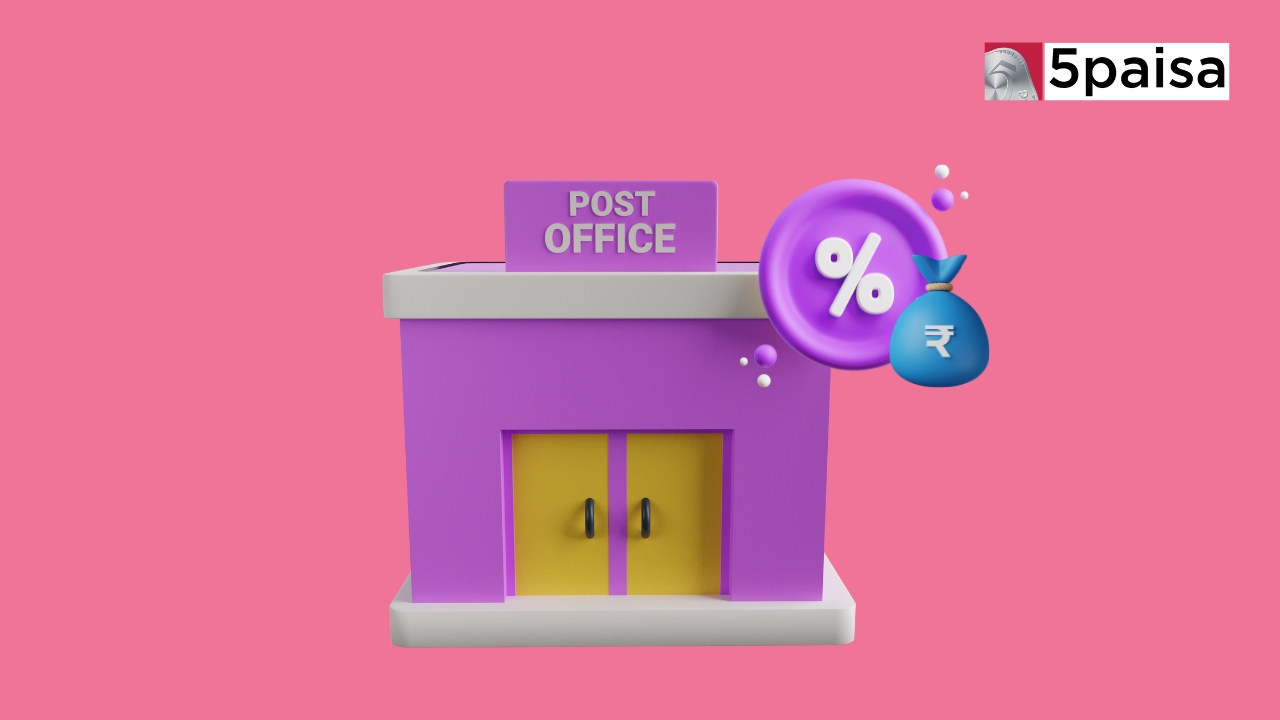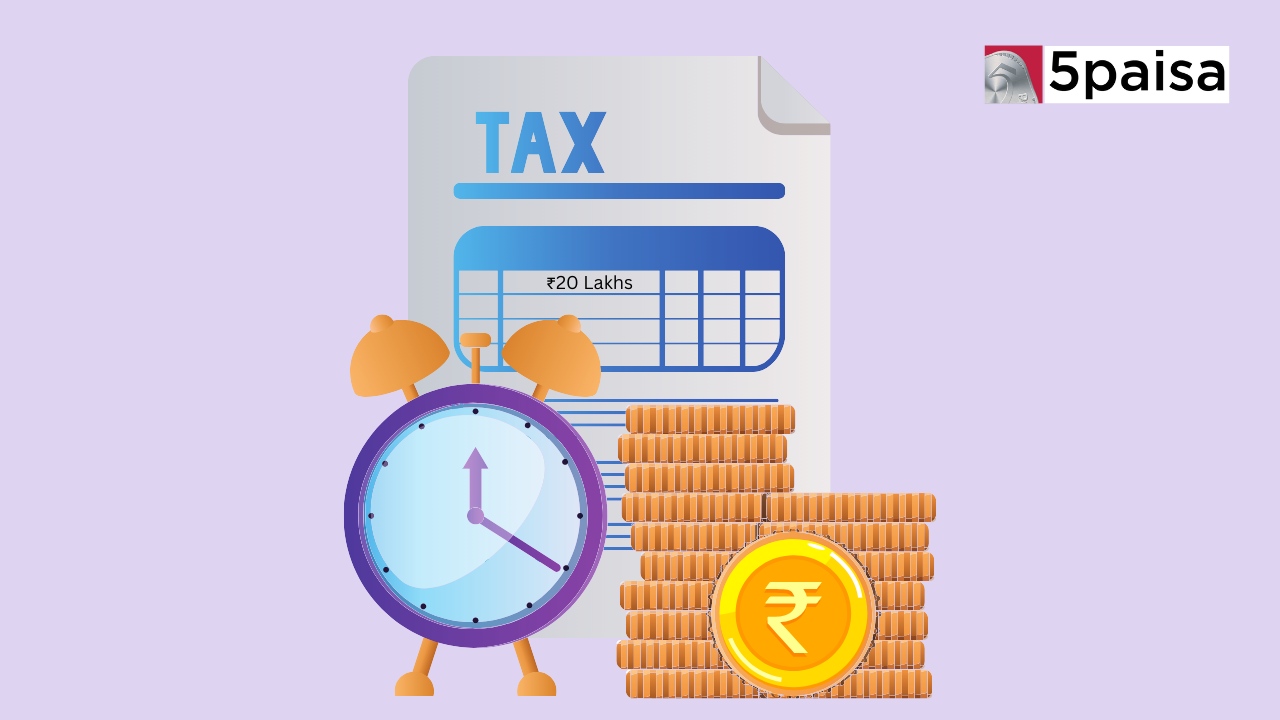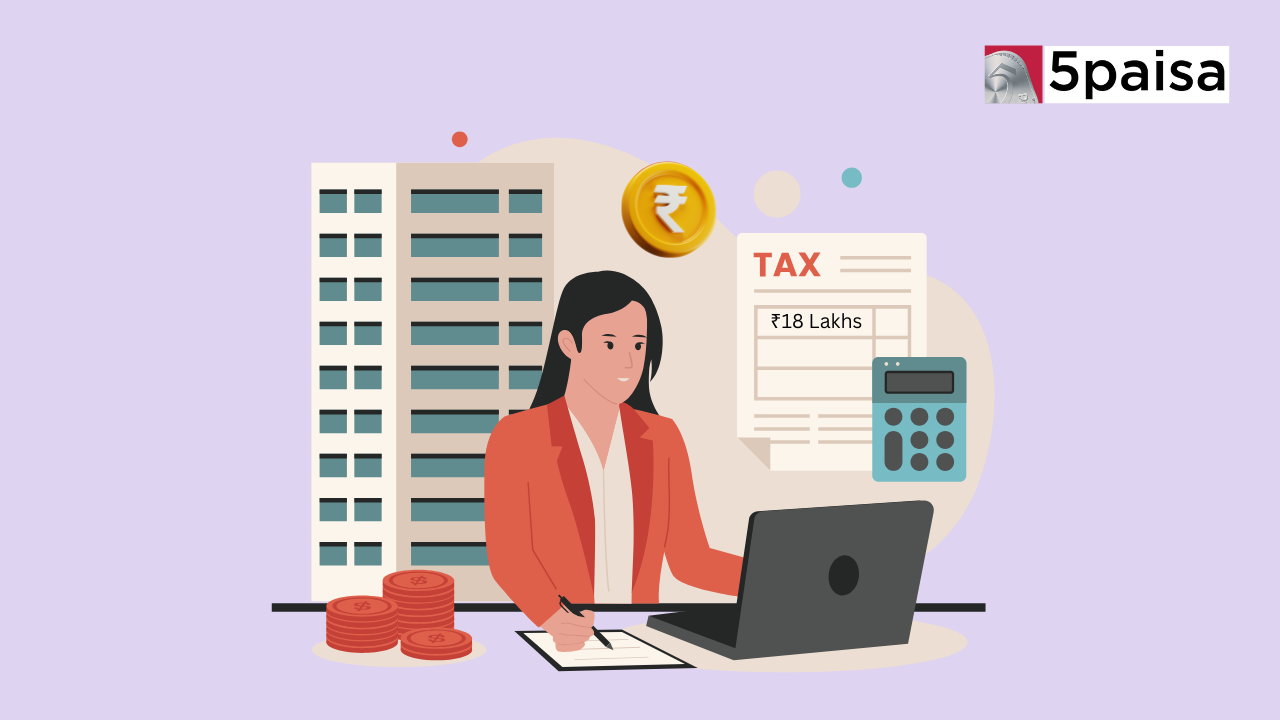Post Office FD Interest Rates 2024

Last Updated: 30th April 2024 - 03:35 pm
In 2024, Post Office FDs remain a popular choice for secure savings. Offering competitive interest rates, these government-backed fixed deposits provide a risk-averse option for individuals aiming to preserve and grow their capital. Investors can benefit from the stability and predictability of returns over various tenures, making Post Office FDs an essential part of a diversified investment portfolio. With recent rate revisions, they are an attractive avenue for those seeking reliable growth in a fluctuating economy.
What Is Post Office FD Interest Rates?
Post Office FD interest rates are the returns offered on fixed deposit schemes available at post offices. These rates are set by the postal system and provide a guaranteed return over a fixed term. Investors choose these FDs for their safety and stability, as they are backed by the government. The interest rates vary depending on the tenure of the investment, usually ranging from one to five years, catering to both short-term and long-term savings goals. These rates are periodically updated to reflect economic conditions.
Post Office FD Rates 2024

Features and Benefits of Post Office FD
• Government Guarantee: Post Office FDs come with the assurance of the government, making them one of the safest investment options.
• Attractive Interest Rates: Typically higher than savings accounts, the interest rates on these FDs are competitive, ensuring a good return on investment.
• Various Tenures: Investors can choose from a range of tenures - from 1 to 5 years - to align with their financial goals.
• Compound Interest Benefit: Some Post Office FDs offer the advantage of compounding, which can significantly increase the return over a longer period.
• No Maximum Limit: While there is a minimum investment amount, there's no cap on the maximum, allowing flexibility in investment size.
• Easy to Open: These accounts can be easily opened with minimal documentation at any post office.
• Tax Benefits: Under Section 80C of the Income Tax Act, investments in 5-year Post Office FDs are eligible for tax deductions.
• Nomination Facility: Investors can nominate beneficiaries, ensuring smooth transfer of funds in case of unforeseen events.
• Loan against FD: You can avail of a loan against your FD, providing liquidity in case of emergencies.
• Accessibility: With a vast network of post offices, these FDs are accessible to people even in remote areas.
• No TDS: Interest earned is not subject to TDS, though it is taxable as per the individual's tax slab.
Post Office vs Other Banks' FD Rates

Fixed deposits (FDs) in the post office in India are known for their reliability and government backing. These fixed-income instruments provide a secure way for individuals to invest their money with a guaranteed return. There are various types of FDs offered by the Indian postal service, each with its unique features and benefits.
Types of post office FD
1. Time Deposit (TD) Scheme
The Time Deposit Scheme is a fixed deposit plan where you can deposit a lump sum amount for a fixed period. The key feature of this scheme is its flexibility in tenure, which can range from 1 to 5 years. The interest rates vary depending on the tenure chosen. Interest is payable annually but calculated quarterly. A TD account can be opened by an individual, a joint account (up to 3 adults), a minor with a guardian, or by a minor above 10 years in his name.
Benefits:
• Safe investment with guaranteed returns.
• Attractive interest rates with the option of premature withdrawal.
• The interest earned is entirely taxable but no TDS is deducted.
• A 5-year TD qualifies for tax saving under section 80C of the Income Tax Act.
2. Senior Citizen Savings Scheme (SCSS)
Specifically tailored for individuals above the age of 60, the SCSS is a preferable option for retirees. The tenure of SCSS is 5 years, which can be extended by 3 years once it matures. It often features one of the highest interest rates among post office saving schemes.
Benefits:
• Provides financial security with regular interest payouts.
• The deposit qualifies for tax benefits under section 80C.
• Premature closure is allowed after a year with a penalty.
3. Kisan Vikas Patra (KVP)
Kisan Vikas Patra is a long-term investment scheme that doubles the invested amount over a predetermined period, which is typically around 124 months (subject to change as per prevailing interest rates). The scheme is available to all individuals, not just farmers, despite its name.
Benefits:
• Offers a fixed interest rate with the principal guaranteed to double.
• Can be encashed after 2 and 1/2 years from the date of issue.
• Certificates are available in various denominations.
4. National Savings Certificates (NSC)
NSCs are savings bonds primarily used for small savings and income tax saving investments in India. They come with a fixed investment for 5 years. The interest rates on NSC are fixed and guaranteed by the Government of India.
Benefits:
• Investments up to INR 1.5 lakh qualify for IT deduction under section 80C.
• The accrued interest is deemed to be reinvested and also qualifies for deduction, except for the last year.
• Can be pledged as collateral for loans.
5. Monthly Income Scheme (MIS)
The Monthly Income Scheme is a fixed-income investment scheme that pays interest every month. It is a five-year investment with a maximum cap on investment. It's an ideal scheme for those who need a regular income.
Benefits:
• Ensures a fixed monthly income.
• Interest earned is taxable but there is no TDS.
• Account can be opened by an individual or as a joint account.
Each type of post office FD is designed to cater to different investment horizons, risk appetites, and financial goals. From the immediate income needs of retirees to the long-term growth plans of a young investor, these instruments offer a variety of options. The post office FDs emphasize security and guaranteed returns, though they may not always offer the highest returns. Given their features, these schemes are excellent for those looking to diversify their investment portfolio with low-risk options. Before choosing any scheme, it's important to understand the specific terms and conditions, as well as the prevailing interest rates, which can be subject to change as per government policies.
How to invest in Post Office FD?
Investing in a Post Office Fixed Deposit (FD) is straightforward:
1. Visit the nearest post office with KYC documents (ID and address proof).
2. Fill out the FD opening form. Choose the FD tenure (1, 2, 3, or 5 years).
3. Decide the investment amount (no upper limit, but a minimum is specified).
4. Make the payment via cash, cheque, or demand draft.
5. Receive the FD receipt, which contains all the investment details.
For subsequent investments, you can also use the post office's net banking services if available. Always keep the FD receipt safe, as it’s needed for maturity or premature withdrawal.
Eligibility to Open a Post Office FD Account
Eligible individuals for a Post Office FD account include Indian residents, adults, minors with guardians, and minors over 10 who can open an account independently. Joint accounts are also allowed.
Documents Required to Open Post Office FD
To open a Post Office FD, you need to provide identity proof (PAN or Aadhaar), address proof (utility bill or passport), and passport-sized photograph.
Tax on Post Office FD
The interest income from Post Office Fixed Deposits is taxable under the "Income from Other Sources" category according to the investor's income tax slab rates. While the Post Office does not deduct TDS (Tax Deducted at Source) on FD interest, it's the responsibility of the investor to report this income and pay any applicable taxes during their annual tax filing. However, investments in 5-year Post Office FDs qualify for tax deductions under Section 80C of the Income Tax Act, up to a limit of ₹1.5 lakh per annum.
Loan Against Post Office Fixed Deposit
A Loan Against Post Office Fixed Deposit is a secured loan where individuals can pledge their fixed deposit as collateral to obtain funds. This facility provides immediate liquidity without needing to break the FD, ensuring the depositor continues to earn interest. It's a convenient option for managing short-term financial needs while keeping the investment intact. Terms and interest rates vary based on the post office's policy.
Premature Closure of Post Office Fixed Deposit
Premature closure of a Post Office Fixed Deposit is allowed, subject to certain conditions and penalties. Generally, FDs can be closed prematurely after a specified period from the date of deposit, often 6 months or a year, depending on the tenure of the FD. However, doing so may incur a penalty, typically in the form of a reduced interest rate, affecting the overall returns. The exact penalty and conditions vary with the term of the FD, emphasizing the importance of reviewing the terms before investing or opting for early withdrawal.
- Flat ₹20 Brokerage
- Next-gen Trading
- Advance Charting
- Actionable Ideas
Trending on 5paisa
Personal Finance Related Articles
Disclaimer: Investment in securities market are subject to market risks, read all the related documents carefully before investing. For detailed disclaimer please Click here.
 5paisa Research Team
5paisa Research Team
 Sachin Gupta
Sachin Gupta




